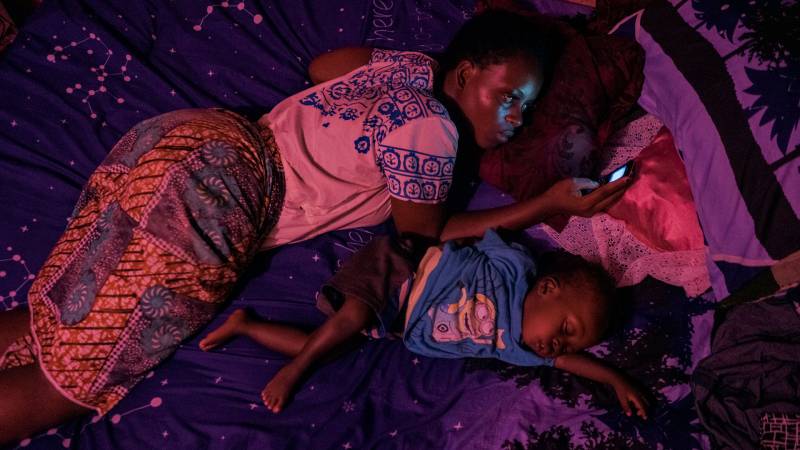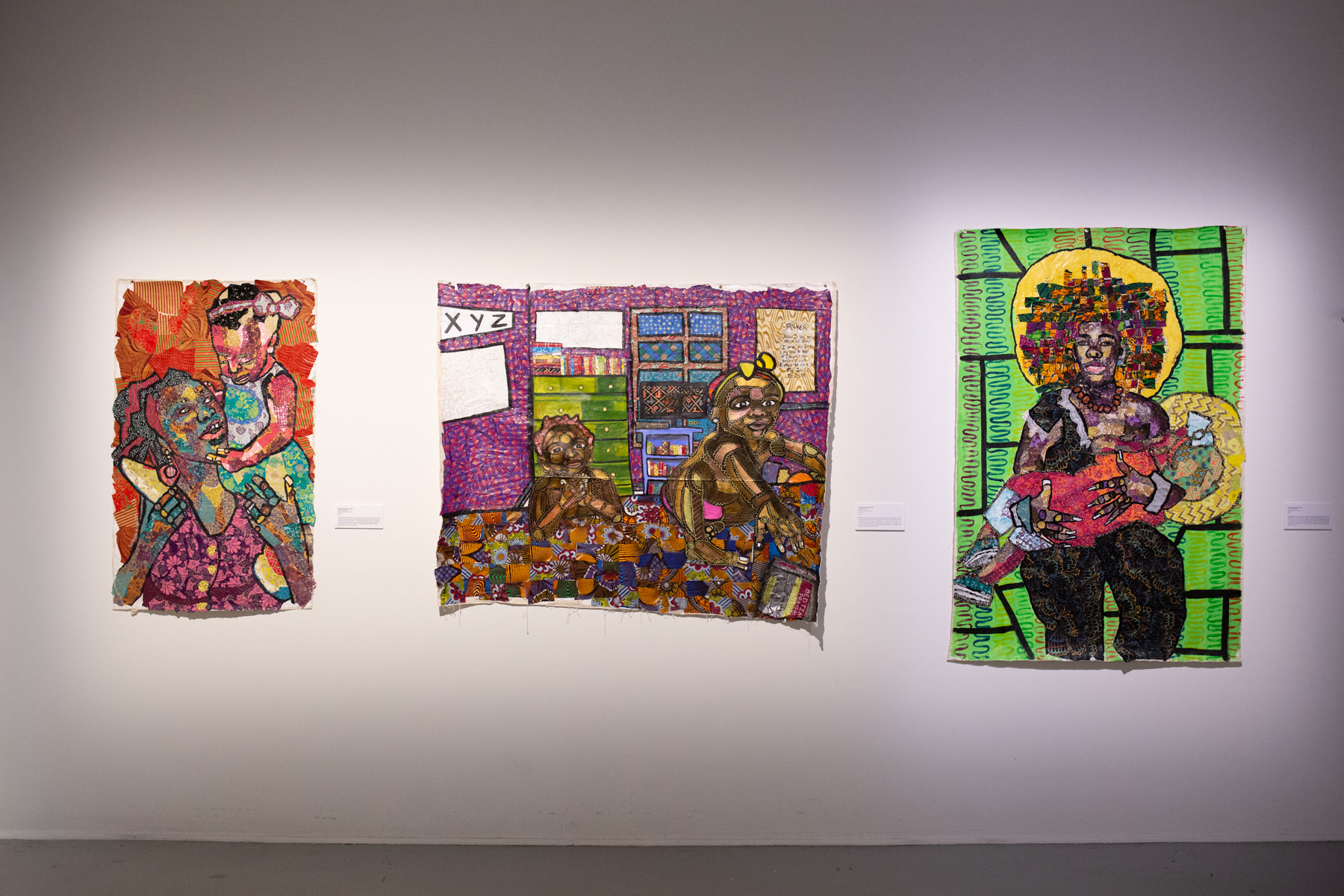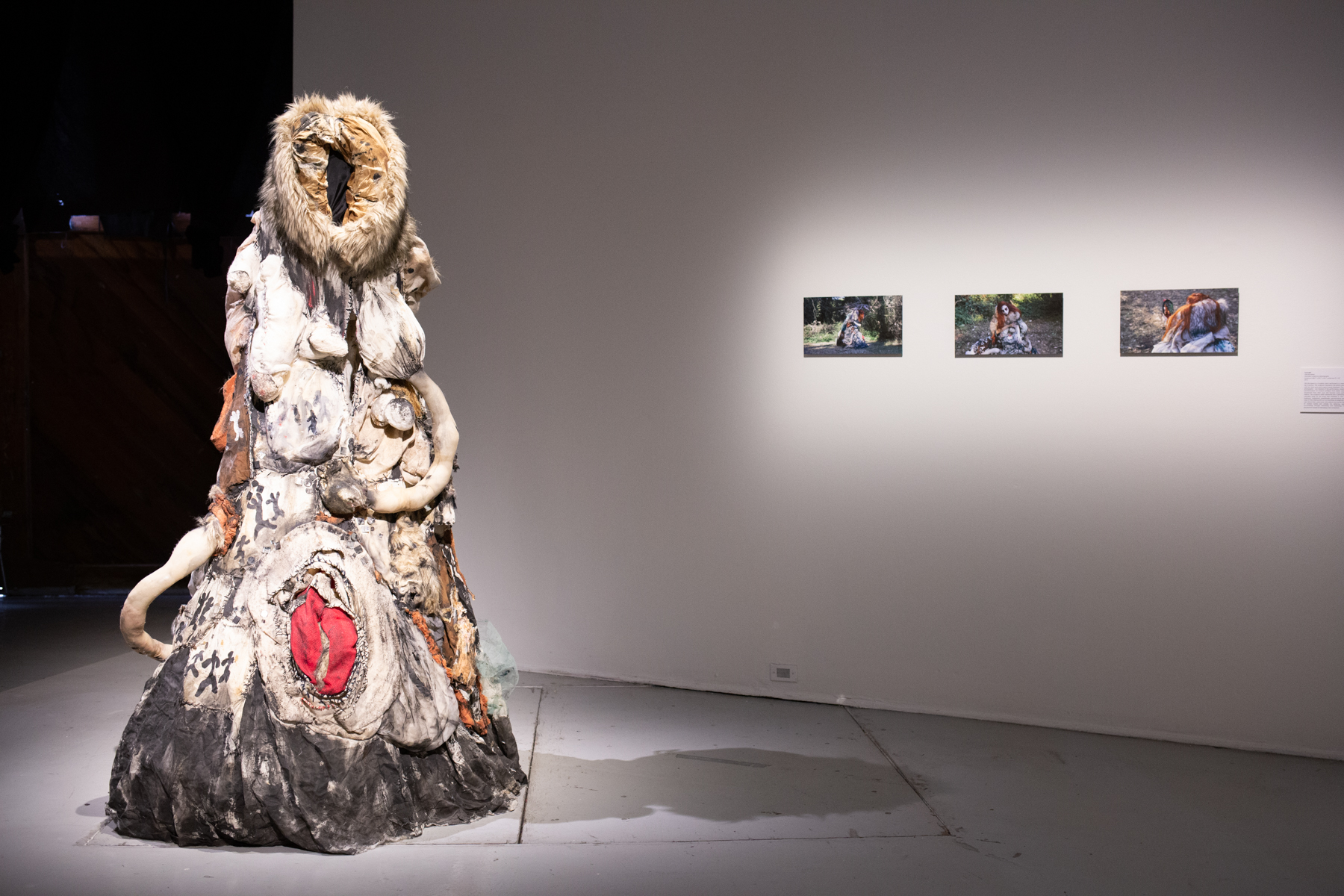If you’re a parent, it’s likely you’ve spent many dark morning hours trying to comfort a fussy child with combinations of food, cuddles and maybe a lullaby. Perhaps you sang Hush Little Baby or You Are My Sunshine, English counterparts to global cradle songs, all of which transmit generational knowledge and experience. Sounds Like Home: Longing and Comfort Through Lullabies, on view at SOMArts through Aug. 22, takes up this humble yet powerful folkloric form as a space for both intimacy and social awareness.
Sounds Like Home stems from curators and twin sisters Duygu and Bengü Gün, their love of music, and their shared experiences of family migration. Though the sisters are split between San Francisco and Istanbul, they and the rest of the 2019–20 SOMArts Curatorial Residency cohort pivoted to Zoom meetings with Curatorial Residency and Partnership Director Carolina Quintanilla and SOMArts staff while the building was shuttered due to COVID-19. By email, Quintanilla notes that the organization’s tech team took the lead in producing virtual exhibitions, which were so successful that all future SOMArts installations will include virtual components to extend the reach and impact of the organization’s programming.
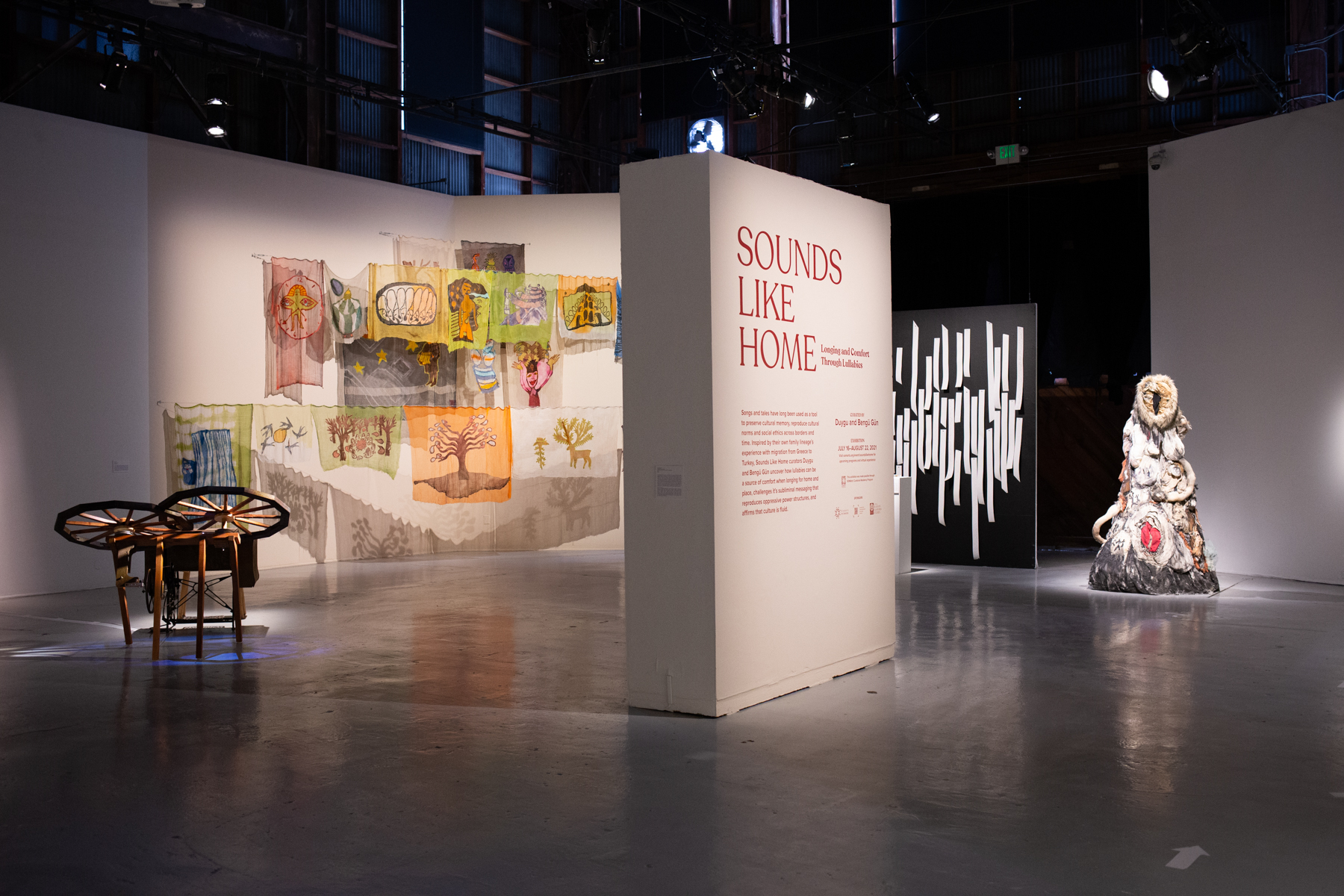
In person, discrete installations throughout the gallery deftly capture Sounds Like Home’s primary themes. Duygu Gün’s In the Shade (2021), a trio of backlit drums adorned with minimalist drawings, address lullabies as age-old cautionary tales. A mother weeping for a stolen child and Red Riding Hood’s anti-hero wolf leering over a crib mirror our fear of and fascination with nature, and the danger of defying accepted social norms.
Further along the gallery’s curving north wall, projects by Rashin Fahandej and Zsudayka Nzinga Terrell take up parenting matters that aren’t directly addressed in the traditional lullaby catalog, and therefore warrant attention. Installed in the media space, Fahandej’s A Father’s Lullaby (2019) highlights how a racist legal system affects men raising children. An ongoing project comprising immersive installations, community workshops, and a participatory audio website, A Father’s Lullaby helps formerly incarcerated men to connect with and comfort their children through song, powerfully interrupting the problematic myth of absent Black fathers.
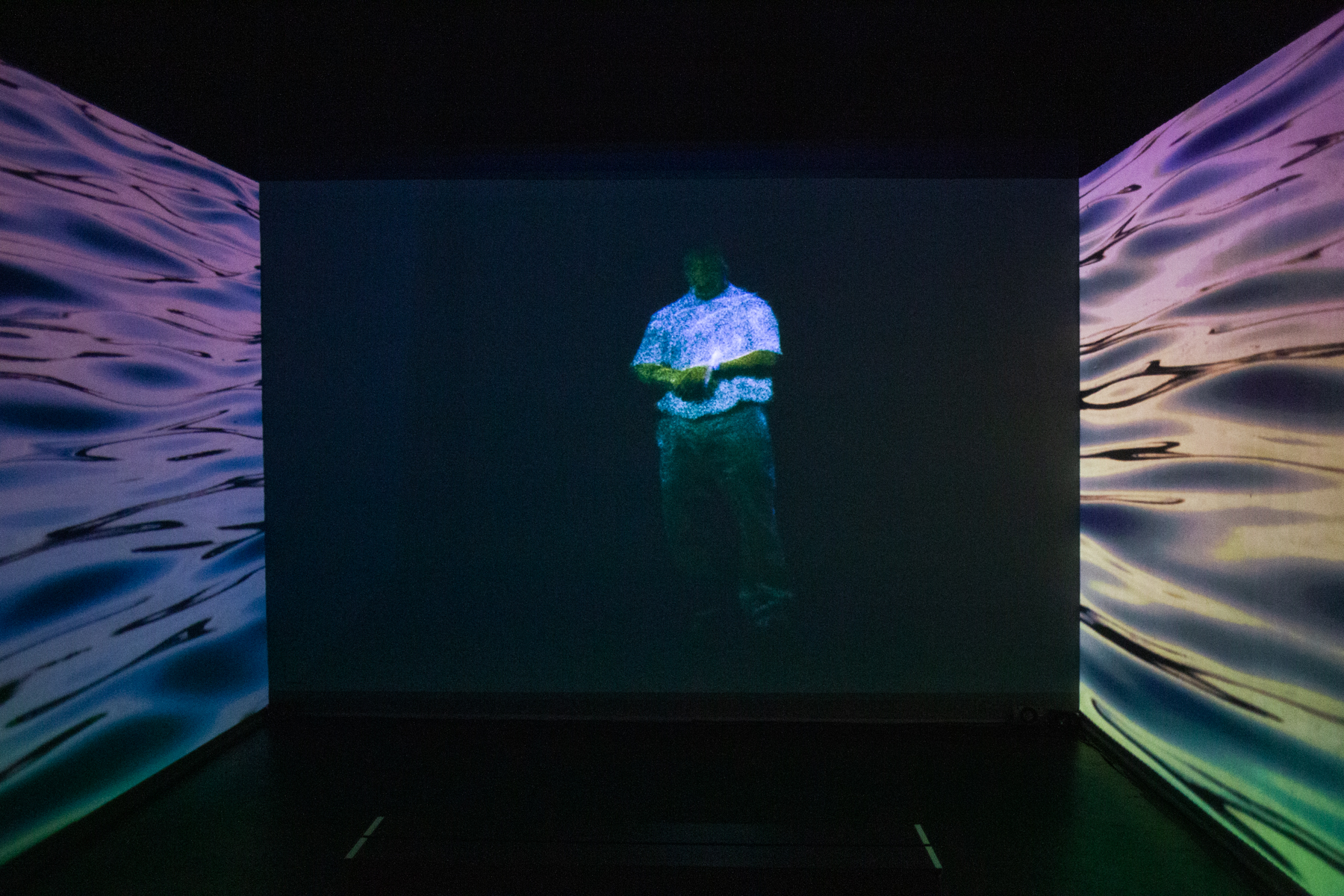
Terrell’s mixed-media pieces form a sort of celebratory triptych about Black motherhood and the potency of the parent-child bond. Breastfeeding #2 (2019) references Byzantine icons through front-facing figures and vibrant halos that frame both a mother and child’s heads. This depiction of Black motherhood expertly adopts visual tropes previously used to portray only white femininity, fertility and religious devotion. Nodding to contemporary social concerns, Terrell emphasizes the importance of breastfeeding, and the not-so-subtle gaps in maternal and newborn care that break along racial lines.
